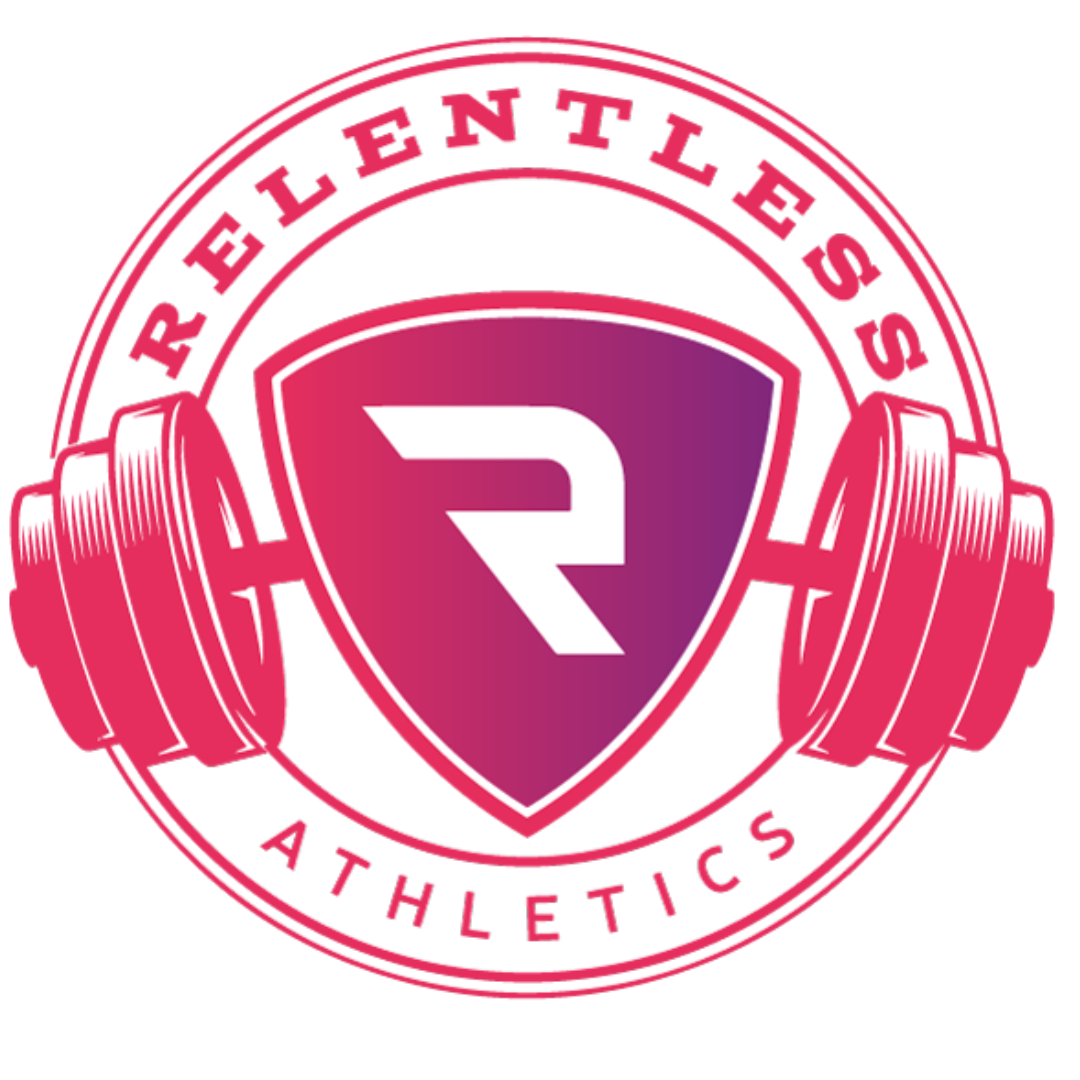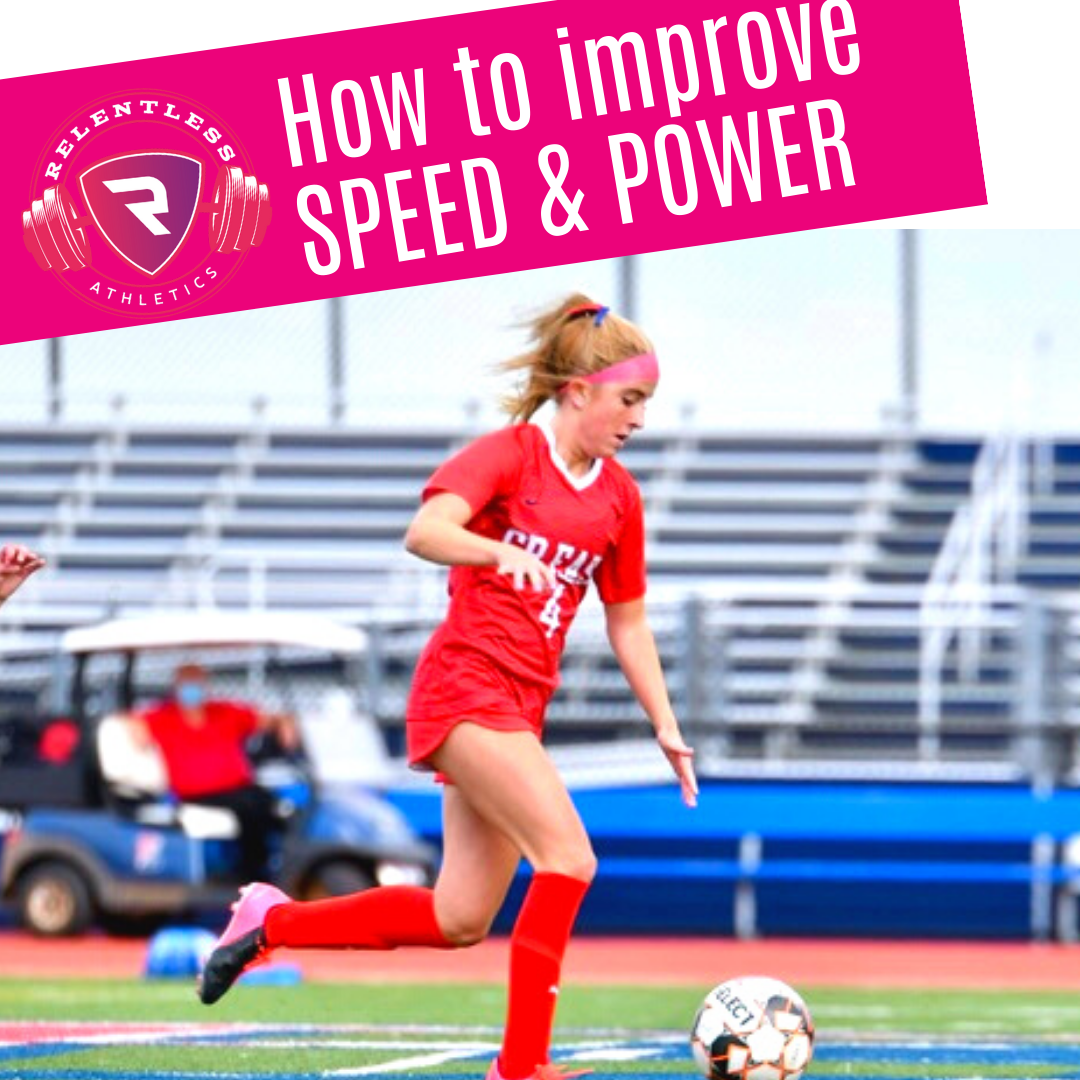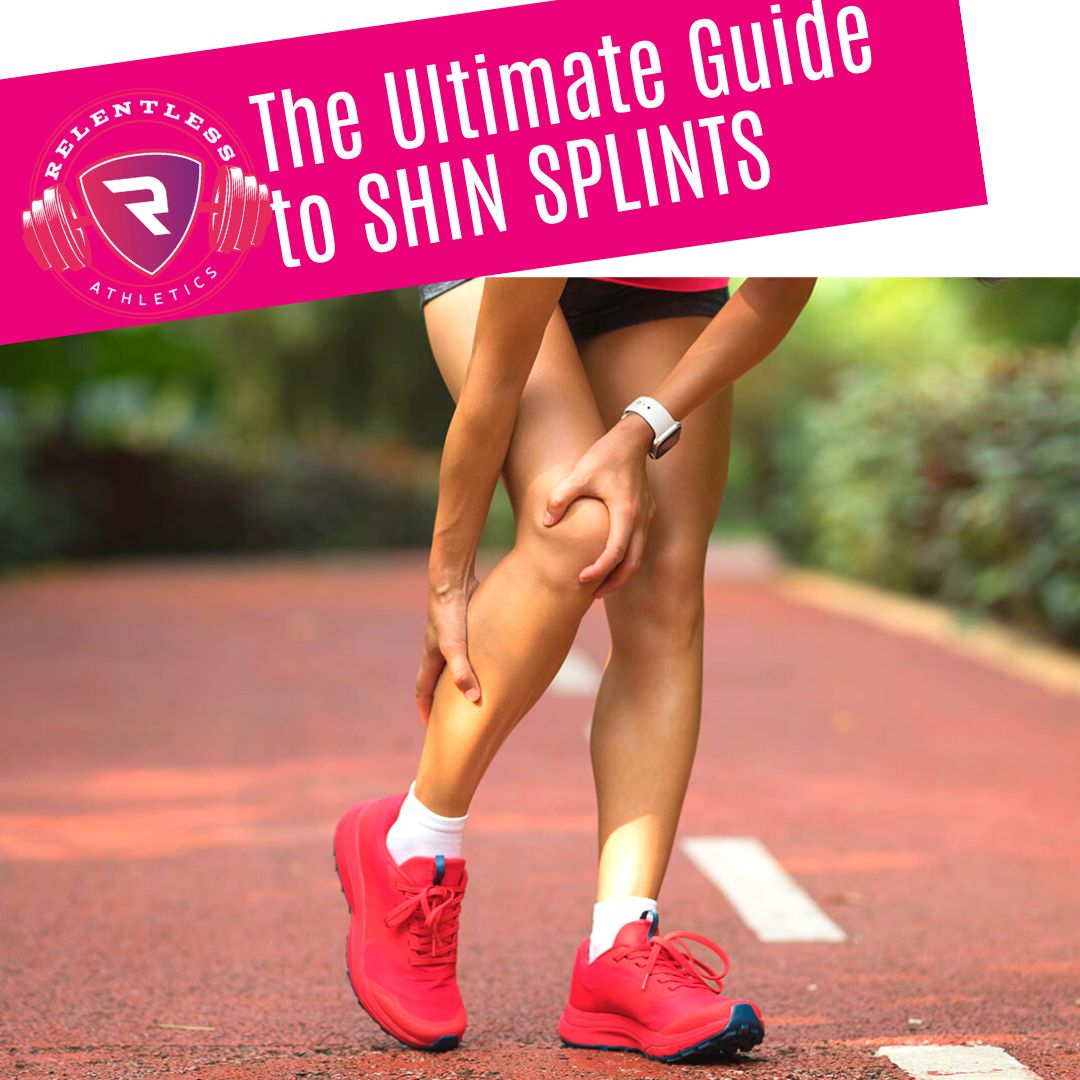How Does Nutrient Timing Affect Athletic Performance
You may have heard the word “macronutrient” being thrown around on “FitTok”, but what exactly does it mean?
The term macronutrient, often called macros, refers to the nutrients that the human body requires for energy and to maintain the body’s systems and structure. These include carbohydrates, protein, and fat.
It is ESSENTIAL for athletes to consume a ratio of all three macronutrients to ensure they reach their training goals.
How SLEEP affects sports PERFORMANCE and INCREASES the risk for sports INJURIES
Sleep is crucial especially for athletes due to the high demands of their sport.
It is often overlooked due to the lack of knowledge athletes have on the importance of sleep for recovery needed in order to play their best out on the field.
Fatigue and lack of sleep is prevalent in many female athletes because of daily stressors. It is the easiest thing that can be put on the back burner until it takes a toll on their body.
Sleeping 4-6 hours a night is NOT enough!
Read down below as we dive into the importance of sleep and how sleep deprivation affects sports performance which increases the risk of sports injuries.
How the female athlete can improve her SPEED & POWER
Many female athletes (and their parents) want their athlete to sprint FASTER, jump HIGHER, or change direction more EXPLOSIVELY
But what is the MOST EFFECTIVE training to help enhance this POWER OUTPUT?
Contrast Training is an effective modality to enhance a female athlete’s muscular qualities to allow for GREATER POWER OUTPUT
This article aims to explain how contrast training elicits an adaptive response….and what your athlete needs FIRST in order for this method to work:
It needs to be said: “playing your sport is NOT ENOUGH to avoid detraining during the sports season”.
When sport seasons start, many female athletes stray away from the weight room as sport practices and games take over their schedules. The result: DETRAINING.
“But how can my athlete detrain when she is PLAYING her sport?”
It is simple, playing sports is NOT ENOUGH to maintain improvements realized outside of the season. In fact, after 3-4 weeks away from the weight room, all of the benefits your athlete realized begin to DECREASE and return to BASELINE.
Avoiding this detraining effect is easy, but it is important to understand why maintenance training is necessary if you want your athlete to maintain her speed, power, and avoid injury during her competitive sportsseason…..
A Balancing Act: Managing Training Loads for Improved Sport Performance & Decreased Injury Risks
For a female athlete trying to improve her lacrosse game, adding another 2 nights of practice to her schedule may not actually get her the results she wants...
For a female athlete who just rolled her ankle at softball practice... taking 3 entire days off may not get her back on the field as fast as intended.
LESS IS NOT ALWAYS MORE…. and MORE IS NOT ALWAYS BETTER.
The relationship between training load, injury, and performance is much too complex to simplify in a ‘DO MORE’ or ‘DO LESS’ statement. Rather, we have to consider the bigger picture when working towards a certain sport goal.
This is where managing an athlete’s TRAINING LOAD is key to help drive performance and decrease injury risks!
So what does this mean for the female athlete’s who play HIGH volume sports?
Too Young? Unsafe? No Time? Research Says...Young Female Athletes MUST Strength Train.
Lifting stunts growth! Lifting is dangerous! Lifting is necessary?
With more females engaging in sport than ever, overuse injuries ranging from tendonitis to stress fractures and non-contact ACL tears on the rise.
But research helps us understand although sport is not enough to prepare the youth athlete’s body for sport, she can do something else….
Balancing Sports Training & Recovery
As sports seasons commence and homework loads start to pile, female athletes are placed under massive amounts of stress.
Although some of the stressors are out of her control, there are 3 main factors she can manage that DIRECTLY influence how well she performs, recovers, and improves this season.
Read on to find out:
Female Athletes & Their Menstrual Cycles
Female athletes everywhere know their period will affect how they feel, and how they feel will affect how they perform. Although skipping a few periods or missing a period all together could seem attractive for a female who feels like crap on her period, a missing period or dysfunctional cycle is a HUGE warning sign that cannot be ignored.
This article helps explain the science behind the importance of a female athlete’s period in helping her perform and recovery and why a female athlete may be missing her period. Read on!
To Play Multiple Sports or to Specialize?: The Dilemma Faced by Female Athletes
Sport specialization vs multi-sport athletes is a hot topic when considering athlete development. When considering female athletes it is even hotter. And for good reason….
With knee injuries in female athletes occurring upwards of 2 to 5x the rate compared to male athletes in some sports, the relationship between sport specialization, sports success, and sports injuries is a conversation we NEED to have.
Although the topic is hot, the answer to the question: “should females athletes play multiple sports or specialize early?” is not so cut and dry...
Read on to find out why
Muscle Soreness & Sports Performance: Should you lift weights before a game?
Muscle soreness CAN lead to a decrease in power output! But is lifting weights the reason you are sore?
Or is there something “novel” we have to consider?
Mental Toughness And Female Athletes
Mental toughness seems to be a buzz word among sport coaches with methods ranging from extra running and ‘team bonding activities to limited water breaks and getting sick after a bout of hard sprints.
Find out which methods are causing more harm than good and what parents, coaches, & fellow athletes can do instead to help maintain a positive & motivational atmosphere that is crucial for female athletic development.
Do Female Athletes Get ACL Injuries Because Of Hormones?
Research demonstrates females are 3-6x more likely to experience an ACL injury compared to male athletes…..but are our hormones to blame?
Are female’s innately more fragile? Or is there much more to the story we need to consider….
Should I use Kinesio ® Tape?
KT tape seems to be all the rage with athletes….but what does the science say?
Does KT tape help injuries heal faster? Can it make you feel better? Or is it just a waste of money…..?
Girl, You Need to TRAIN. Why “Working Out” Doesn’t Work for Female Athletes.
Exercises that “work on” something and exercises that are designed within a training program will have vastly different results when considering female athletic development.
Learn how a training program differs from workouts, and how to approach programming for female athletes.
The Ultimate Guide to Female Athletes and SHIN SPLINTS
Every year when pre-season comes around, females often suffer from shin splints.
Find out what shin splints actually are, why the female athlete gets them, and what she can do to reduce her chance of experiencing them next season!
Birth Control to the Rescue? How Oral Contraceptives REALLY Impact An Athlete
By Emily R Pappas, MS
For many female athletes, experiencing an irregular or missing period during the sport season seems “normal”. In an attempt to “bring her period back”, some doctors may still suggest taking an oral contraceptive.
But for many female athletes, an irregular cycle is a signal that a female athlete’s natural hormones are not working properly. Placing a young adolescent female on an oral contraceptive may create an illusion that her period is “regular”, BUT it does NOT mean that her hormones are working optimally.
Unfortunately, current research shows us taking an oral contraceptive is a “band aid” to the problem and does not address the CAUSE.
For female athletes considering taking an oral contraceptive for irregular or missing periods, this article is a MUST.
The Science Behind Glute Activation
Glute activation is a ‘buzz word’ especially when considering the female athlete
From monster walks to clamshells, find out the science behind what these movements actually do and a more efficient alternative when it comes to preparing for sport!
THE PARADOX of FEMALE and ATHLETE.
Before the 1980s, female athletes experienced restrictions in sport ranging from not being allowed to ride a horse during her period, to limiting the number of dribbles taken on the basketball court to keep her from from overexerting herself.
Although rules have changed, the association between females & fragility still exists and often creates a frustrating world for the female athlete to excel in.
Find out the history of women in sport, the influence of media, and why the misguided fear of “bulkiness” & lifting heavy still exists.
The Science Behind Core Training
From bosu balls to 3 minute planks, coaches everywhere try to implement “core training” into their sports practice. A stable core helps athletes transfer force more efficiently allowing for harder kicks, faster sprints, higher jumps, and a more resilient athlete.
But here’s the thing, research shows us core stability and core training in isolation often have little to no transfer to sports performance.
Keep reading to find out the most effective way female athletes can develop core stability.




















